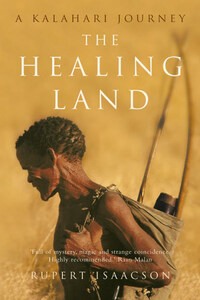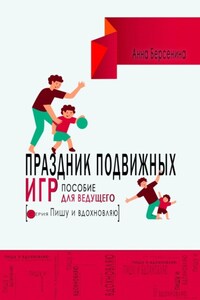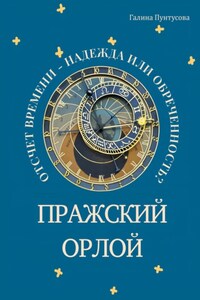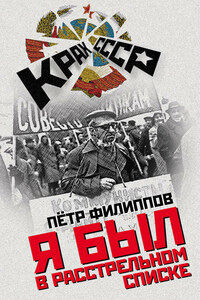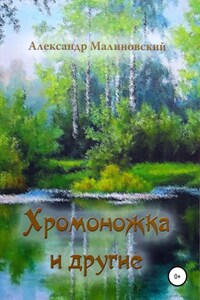This edition first published in 2002
First published in Great Britain in 2001 by
Fourth Estate
1 London Bridge Street, London SE1 9GF
www.4thestate.co.uk
Copyright © Rupert Isaacson 2001
The right of Rupert Isaacson to be identified as the author of this
work has been asserted by him in accordance with the Copyright, Designs and Patents Act 1988
A catalogue record for this book is available from the
British Library.
All rights reserved under International and Pan-American Copyright Conventions. By payment of the required fees, you have been granted the nonexclusive, nontransferable right to access and read the text of this e-book on-screen. No part of this text may be reproduced, transmitted, downloaded, decompiled, reverse engineered, or stored in or introduced into any information storage and retrieval system, in any form or by any means, whether electronic or mechanical, now known or hereinafter invented, without the express written permission of HarperCollins e-books.
Ebook Edition © DECEMBER 2012 ISBN 9780007393428
Version 2017-08-07
HarperCollinsPublishers has made every reasonable effort to ensure that any picture content and written content in this ebook has been included or removed in accordance with the contractual and technological constraints in operation at the time of publication.
In the beginning, so my mother told me, were the Bushmen – peaceful, golden-skinned hunters whom people also called KhoiSan or San. They had lived in Africa longer than anyone else. Africa was also where we were from; my South African mother and Rhodesian father were always clear on that. Though we lived in London, my sister Hannah and I inhabited a childhood world filled with images and objects from the vast southern sub-continent. Little Bushman hand-axes adorned our walls; skin blankets, called karosses and made from the pelts of rock hyraxes,>* hung over the sofa; Bushman thumb pianos, made from soft, incense-scented wood, with metal keys that went ‘plink’ when you pressed down and then released them, sat on the bookshelves next to my mother’s endless volumes of Africana. There were paintings by my maternal grandmother Barbara: South African village scenes of round thatched huts where black men robed in blankets stood about like Greek heroes. Next to them hung pictures by my own mother, of black children playing in dusty mission schoolyards, of yellow grass and thorn trees. In my earliest memory, these objects and my mother’s stories forged a strong connection in my mind between our London family and the immense African landscapes the family had left behind.
I remember my mother playing an ancient, cracked recording of a Zulu massed choir and trying to show me how they danced. ‘Like this, Rupert,’ she said, lifting one leg in the air and stamping it on the floor several times in quick succession. ‘They spin as they jump, so it looks as if they’re hanging in the air for a second before they come down, like this, watch.’ She and I would stamp, wheel and jump, a small blonde woman and a smaller blond boy trying to imitate the lithe warriors of her memory.
When I was about five or six years old, my cousin Harold, a tall, bearded, Namibian-born contemporary of my father’s who had settled in London as a doctor, gave me a small grey stone scraper – a sharply whittled tool that sat comfortably in my child’s hand. It had been found in a cave in the Namib Desert. ‘This’, he told me, ‘might have been made thousands of years ago. But it could also be just a few hundred years old, or perhaps even more recent than that; there are Stone Age people living in Africa right now who still use tools like this.’ I closed my hand around the scraper, marvelling at its smooth, cool surface. ‘Is it worth a lot of money?’ I asked. The big man laughed. ‘Perhaps,’ he said, ‘but maybe it’s more valuable even than money.’
He showed me a glossy coffee-table book, illustrated with colour photographs of Bushmen. They were small and slender, naked but for skin loincloths, and carried bows, chasing antelope and giraffes across a flat landscape covered with waist-high grass. They had slanted, Oriental-looking eyes, and whip-thin bodies the colour of ochre. The women, bare-breasted, wore bright, beaded headbands and necklaces of intricate geometric patterns. According to my cousin, they were a people who lived at peace with nature and each other, whose hunting and tracking skills were legendary and who survived in the driest parts of the desert.
